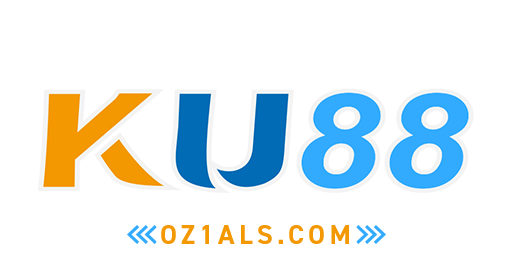
So it will help us track the costs of a specific contract with a specific customer. The service must be uniform service provided to all customers, not specialized services. And to ascertain the cost we average the total cost over the total services rendered.
Inventory costing
Under standard costing, costs are calculated in advance based on normal or probable expectations. A core weakness of continuous costing is that it does not provide a standard that can be used to evaluate the efficiency of the current operations. Under this system, costs are ascertained by recording expenditures and allocating these to production as and when they are incurred.
- We allocate vessels separately for each major or essential activity from the pool.
- Financial accounting is focused on reporting the financial results and financial condition of the entire business entity.
- Used by external stakeholders like investors, creditors, and regulators to assess the company’s financial status and compliance.
Requirements for Activity-Based Costing (ABC)
Cost accounting is an accounting method that captures a company’s total production cost by assessing the variable and fixed costs involved in the production process. Utilized for internal purposes only, cost accounting assists the management in optimizing profitability through effective cost controls. A technique, where standardised principles and methods of cost accounting are employed by a number of different companies and firms, is termed as uniform costing. The techniques thus facilitates inter-firm comparisons, establishment of realistic pricing policies etc. Cost accounting, a multifaceted and critical component in various business operations, drives pricing strategies, budgeting, forecasting, cost control, and performance evaluation. In a complex and evolving business landscape, including in the Saudi market, it enables companies to make informed decisions in alignment with market needs.

What do you mean by cost accounting?
The object here is to find out the cost per unit of output and the cost of each item of such cost. The cost per unit is calculated by dividing the total expenditure incurred during a given period by the number of units produced during the same period. Where the cost of a group of product is ascertained, it is called ‘batch costing’. Costs are collected according to batch order number and the total cost is divided by the numbers in a batch to find the unit cost of each product. Batch costing is generally followed in general engineering factories which produce components in convenient batches, biscuit factories, bakeries and pharmaceutical industries.
Streamline your order-to-cash operations with HighRadius!
Under this method, a cost sheet or a statement of cost is prepared for a definite period and the cost per unit is determined by dividing the total expenses by the number of units produced. This method is suitable for Brick-manufacturing, Cement manufacturing, Colliery, etc. The two main types of cost accounting are activity-based costing (ABC) and traditional costing. ABC assigns costs to activities based on their consumption when are 2020 estimated tax payments due of resources, whereas traditional costing assigns costs directly to products for manufacturing or services for delivery. Cost accounting can be used in many industries and business contexts for accomplishing many tasks related to cost analysis and efficiency enhancement. Ranging from job order costing in manufacturing to activity-based costing in service industries, the examples of cost accounting denote its wide application.
To determine the best costing method, you need to know how these hidden costs are calculated. In this article, we’ll focus on the accounting method used to determine the cost of a product. Deskera People is a straightforward application for centralizing your human resource management activities. Not only does the technology expedite payroll processing, but it also helps you to handle all other operations such as overtime, benefits, bonuses, training programs, and much more. It helps maintain good accounting standards by automating billing, invoicing, and payment processing tasks. This is due to the fact that overheads can significantly affect a product’s profitability.
One of the most popular costing techniques used by manufacturing operations is standard costing. Manufacturers must set “standard” rates for labor and materials utilized in production and/or inventory costing. You can use a variety of pricing techniques to get the product’s ideal selling price after computing the cost per unit. A manufacturing performance statistic that aids in monitoring production costs is the cost per unit.
The final level of activity, organization-sustaining activity, refers to activities that must be completed regardless of the products being produced, how many batches are run, or how many units are made. Second, it creates new bases for assigning overhead costs to items, so costs are allocated based on the activities that generate costs, instead of on volume measures—such as machine hours or direct labor costs. Activity-based costing (ABC) is mostly used in the manufacturing industry.
